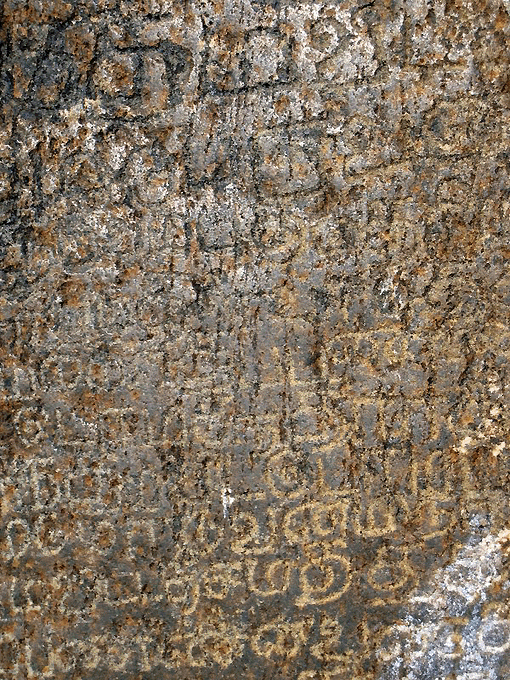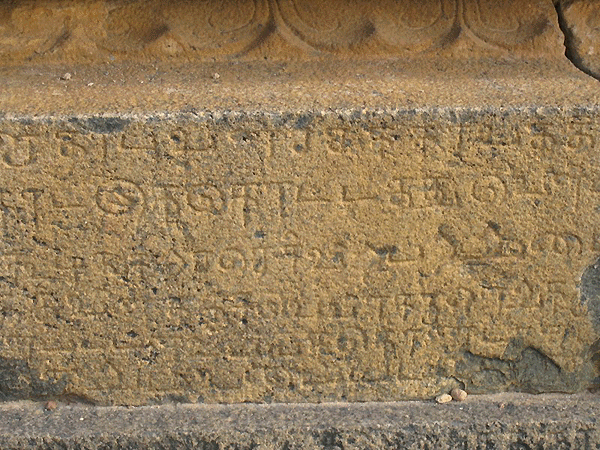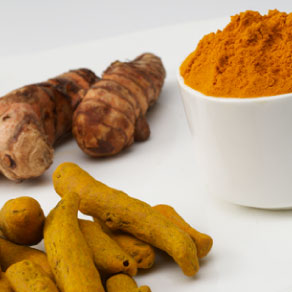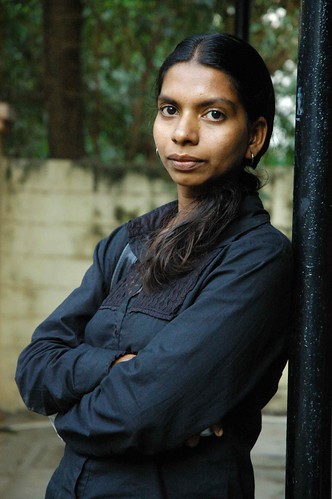18 May 2009: The day it
confirmed that 8,829 H1N1 cases have been reported in 40 countries, the WHO has cautioned against complacency.
"This virus may have given us a grace period, but we do not know how long this grace period will last,"
said Margaret Chan, WHO director-general. "No one can say whether this is just the calm before the storm."
However the pandemic alert level is still at five today, one level below a full pandemic.
13 May 2009: As of this morning, 33 countries have reported 5,728 cases of H1N1 to the WHO.
12 May 2009: The CDC
notes that it is seeing some severe complications in cases of H1N1 in pregnant women, including one death in the US.
11 May 2009: The WHO has
confirmed swine flu deaths in Canada and Costa Rica, bringing the total number of countries where fatalities have occurred to four.
Mexico has reported 48 deaths and the United States three. Worldwide, 30 countries have officially reported 4694 cases.
A modeling study in
Science suggests that the virus spreads at a rate comparable to that of previous influenza pandemics.
8 May 2009: Brazil reports four cases, bringing the number of affected countries to 25. Deaths now stand at 44 worldwide, with 2,500 confirmed cases. Most newly reported cases in new areas, the WHO says, come from travelers returning from affected areas. The CDC reports that hospitalization rates in the US are coming down, to 3.5%, as testing expands to include milder cases.
The Harvard School of Public Health releases a
poll in which 83% of Americans polled say they are satisfied with the way public health officials have managed the outbreak. Still, 48% of parents with children in school think they or a family member will come down with H1N1 in the next year.
7 May 2009: Worldwide confirmed cases are now at 2,371.
6 May 2009: WHO
confirms swine flu cases in Sweden and Guatemala.
5 May 2009: Mexico's H1N1 shutdown should begin to ease tomorrow, with restaurants and cafes set to reopen.
The latest
WHO figures say the virus has now spread to 21 countries. Mexico has reported 590 cases and 25 deaths while the United States has reported 286 cases and one death.
However, the Texas Department of State Health Services has confirmed a second person has died in the United States. The
DSHS says a woman with "chronic underlying health conditions" died earlier this week.
The following countries have reported cases but no deaths: Austria, Canada, China (Hong Kong Special Administrative Region), Costa Rica, Colombia, Denmark, El Salvador, France, Germany, Ireland, Israel, Italy, Netherlands, New Zealand, Portugal, Republic of Korea, Spain, Switzerland and the United Kingdom.
4 May 2009: Colombia joins the club. There are now 985 cases in 20 countries. Mexico is up to 25 deaths, but officials there say the disease seems to be on the decline.
3 May 2009: Ireland and Italy each report one case. 898 cases are now reported.
2 May 2009: China (Hong Kong special administrative region), Costa Rica, Denmark, France, and the Republic of Korea join the list. Total cases reported to the WHO are now at 658 in 16 countries.
Canadian authorities
announce that H1N1 has been detected in a swine herd in Alberta. The pigs likely caught the virus from a Canadian who had recently visited Mexico, making this the first known case of human-to-animal transmission.
1 May 2009: As of this morning, 331 cases of H1N1 have been reported in 11 countries. According to the
WHO, the worst outbreaks are still in Mexico (156 cases and nine deaths) and the United States (109 cases and one death).
30 April 2009: Austria, Switzerland and the Netherlands join the
WHO list of countries with confirmed cases. The agency also announces it will refer to the virus not as swine flu but as influenza A(H1N1).
29 April 2009: The WHO raises pandemic level alert to phase 5, "a strong signal that a pandemic is imminent". First swine-flu death outside Mexico reported as a baby dies in Texas.
Germany joins European countries with H1N1 and confirms three swine flu cases. The WHO confirms 7 more cases in Canada, bringing the total number there to 13.
28 April 2009: Seven countries are now reporting
confirmed cases of H1N1 swine flu: the United States, Mexico, Canada, New Zealand, the United Kingdom, Israel and Spain.
27 April 2009: Canada reports six cases of swine flu and Spain reports one. In the United States 40 people have flu confirmed. In Mexico 26 cases are confirmed, with 7 deaths resulting. Estimates for the true number of deaths hover around 80.
The WHO
raises pandemic alert level to 4 having confirmed human-to-human transmission able to cause 'community-level outbreaks'. "Phase 4 indicates a significant increase in risk of a pandemic but does not necessarily mean that a pandemic is a forgone conclusion," says the organisation.
25 April 2009: WHO director-general, Margaret Chan calls the flu problem "a public health emergency of
international concern ".
23 April 2009: Officials issue orders to close schools in Mexico City, beginning a process of limiting public crowds. Three major soccer [futbol] games around Mexico City close stadium gates to all fans the weekend of April 25-26, with games broadcast on television. Stadium closures continue through May 2-3.
21 April 2009: CDC laboratories
confirm two cases in California. Three additional cases confirmed the next day, with two more in Texas added the day after.
28 March 2009: Earliest onset date of swine flu reaching the United States, according to the CDC.
18 March 2009 : Federal District of Mexico
begins to pick up cases of swine flu.





















